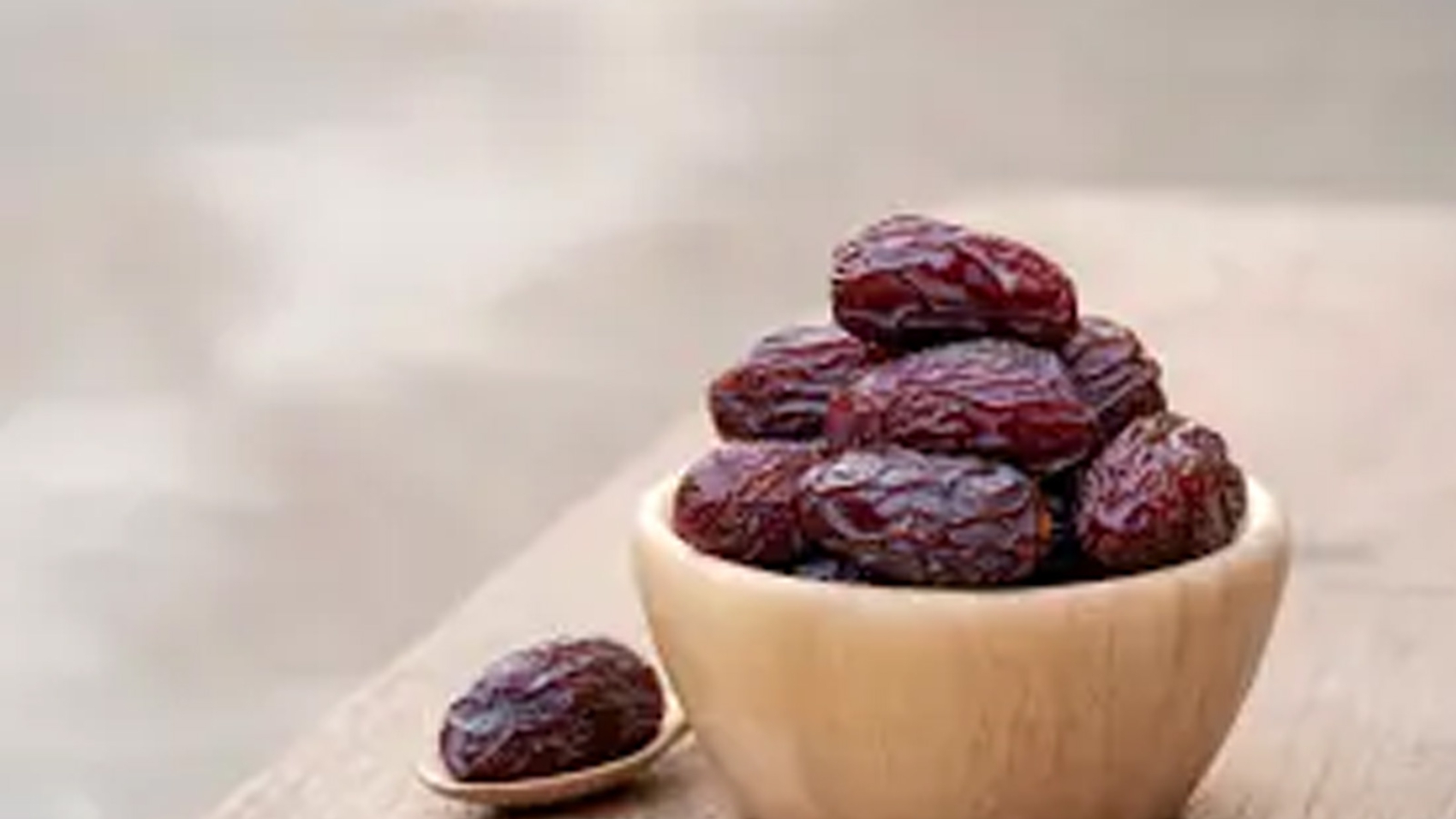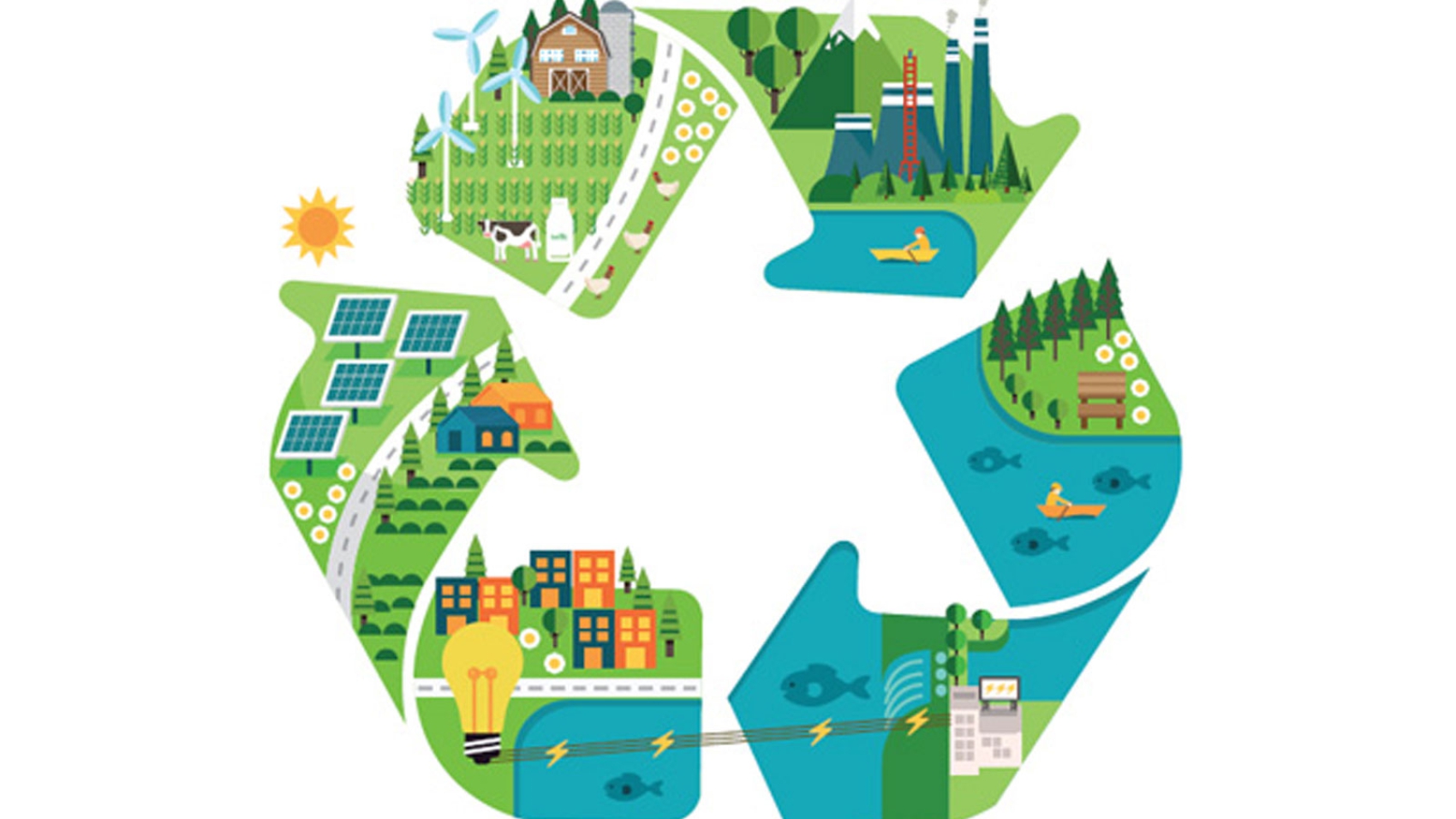Dates are one of the best ingredients for a daily diet because of their numerous health benefit. The date palm (Phoenix Dactylifera L.) is widely grown in hot, dry locations, primarily in the Middle East and North Africa, and supplies nutrition, food security, and raw material to the food industry. It has been a staple food for generations and possesses several health benefits.
Nutritional value
Dates are a natural reservoir of sugars such as sucrose, fructose, and glucose. Fresh dates have about 157 calories per 100 grams, and dry dates have more than 300 calories per 100 grams. Dates include extra nutritional components in the form of proteins, crude fiber, lipids, and antioxidants in addition to their high natural sugar content, making them a functional food with substantial health advantages.
Dates are extremely sweet, containing between 50 and 88 percent of their total weight depending on the cultivar, ripening stage, and overall moisture content.
The predominant sugars in dates are fructose and glucose, which make up two-thirds of the overall fleshy content. Water accounts for one-fifth of the whole fleshy makeup, and the remaining (small) amount is dietary fibers. Protein, lipids, crude fiber, minerals, vitamins (particularly vitamin B), and tannins are also abundant in dates. Dates have significant nutritional content and can thus assist in meeting human dietary requirements.
Date flesh contains between 0.2 and 0.5% oil, whereas the seed or pit contains 7.7–9.7%. The primary unsaturated fatty acids include palmitoleic, oleic, linoleic, and linolenic acids. The oleic acid concentration of date seeds fluctuates between 41.1% and 58.8%, making them a possible source of oleic acid.
Dates contain 23 different types of amino acids, some of which are missing from popular fruits like oranges, peaches, grapes, and apples. A small quantity of vitamin C, vitamin B(1) thiamine, B(2) riboflavin, nicotinic acid (niacin), and vitamin A are also present in them.
Dates – classification
Dates are divided into four groups based on their sugar content. Dates of the first class are high in sucrose (40-65%). These have a glucose and fructose content of 20-40% and water content of 10-25%. The dates in the second class are high in glucose and fructose (40-75%) but low in sucrose (10-35%).
The dates in the third class have a water content of 10-35%, glucose and fructose content of 65-90%, and sucrose content of 0-10%. Dates from fourth grade have a lot of water in them (35-65%). These have a 35-37% glucose and fructose content, with no sucrose.
Dates – proportion of minerals
Dates are a good source of potassium, magnesium, copper, and selenium, among other minerals. A 100g serving of dates provides around 15% of the recommended daily intake for these minerals. Dates contain moderate amounts of iron, calcium, phosphorus, and manganese, and 100 g of dates can provide around 7% of the recommended daily consumption of these elements. Dates are great for patients with hypertension since they are low in sodium and high in potassium. Boron, potassium, phosphorus, sodium, and zinc are some of the other minerals and salts found in varying amounts.
In addition, the seeds contain varying amounts of aluminum, cadmium, chloride, lead, and sulfur. Dates contain elemental fluorine, which helps to keep teeth healthy and free of disease. Dates also contain selenium, a mineral that is thought to help prevent cancer and is vital for immunological function.
Phytochemicals in dates
Fruits’ anti-inflammatory properties are ascribed to phytochemicals, which are bioactive non-nutrient found in combination with secondary plant metabolites or essential cellular components.
Researchers and physicians are increasingly interested in phytochemicals because of their antioxidant activity, cholesterol-lowering qualities, and other possible health benefits such as cancer, diabetes, and cardiovascular disease prevention. Carotenoids, polyphenols, isoflavones, lignins, tannins, and sterols are some of the bioactive components present in date fruits.
However, there is still little research on the comprehensive identification, characterization, and quantification of phytochemicals in various date types at various phases of fruit ripening. The amount and content of phytochemicals found in date fruits vary greatly depending on the date variety, stage of maturation, storage, postharvest processing, hydration, analytical settings, and geographical origin of dates.
Some major health benefits
Date palm trees have been feeding people as a source of energy, nutrition security, and healthy fruit for the previous 5000 years in the worst climatic conditions. The following are some of the health benefits of date fruits. Soft, easily digested flesh and simple carbohydrates like fructose and dextrose make up fresh dates.
When consumed, they rapidly replenish energy and invigorate the body. Tannins, a type of health-promoting flavonoid polyphenolic antioxidant, have anti-infective, anti-inflammatory, and anti-hemorrhagic (prevents easy bleeding) effects.
Antioxidant flavonoids like beta-carotene, lutein, and zeaxanthin can protect cells and other biological structures from the detrimental effects of oxygen-free radicals. As a result, consuming dates have been reported to provide some protection against malignancies of the colon, prostate, breast, endometrial, lung, and pancreas. Zea-xanthin protects against age-related macular degeneration, which is common among the elderly. Potassium is an essential component of cell and body fluids, assisting in the regulation of heart rhythm and blood pressure, and so protecting against stroke and coronary heart disease.
Dates have anti-fungal, anti-bacterial, and anti-viral characteristics, as well as the ability to prevent chronic inflammation and other disorders, due to their high phenolic content. Due to their high fiber and phenolic content, dates can aid in the prevention of cardiovascular disease and immune system regulation.
Due to their anti-allergic immunomodulatory properties, phenolics produced from dates can reduce the hypersensitive immunological response. Anti-inflammatory reactions are induced by the regulation of proinflammatory pathways, which is one of phenolics’ immunomodulatory properties.
Dates can serve as an important food in the human diet and, they can play a significant part in human health and nutrition due to their unique nutritional content. Dates include a variety of functional and bioactive substances such as carotenoids, anthocyanins, phenolics, antioxidants, and dietary fiber, all of which have anti-tumor, anti-ulcer, anti-microbial, and immuno-modulatory characteristics.
Furthermore, dates are regarded as a nutraceutical and functional food. When compared to the regular diet, a few dates can satisfy our daily nutrient needs. As a result, date consumption is strongly encouraged.
References:
- Amira A. Ayad, Leonard L. Williams, Deiaa A. Gad El-Rab, Raphael Ayivi, Heather L. Colleran, Sulaiman Aljaloud & Salam A. Ibrahim | Fatih Yildiz (Reviewing editor) (2020) A review of the chemical composition, nutritional and health benefits of dates for their potential use in energy nutrition bars for athletes, Cogent Food & Agriculture, 6:1, DOI:10.1080/23311932.2020.1809309
- Nasir MU, Hussain S, Jabbar S, Rahid F, Khalid N, Mehmood A. (2015). A review on the nutritional content, functional properties and medicinal potential of dates. Sci Lett,3(1):17-22.
- Jain, M., S. (2013). Health Benefits of date palm: phytochemicals and their functions. [online] University of Helsinki. Available at: https://helda.helsinki.fi/bitstream/handle/10138/42985/Jain._Health_benefits.pdf?sequence=2




